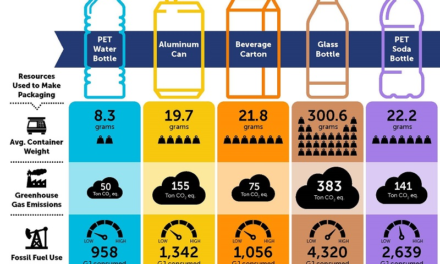Food additives and preservatives are commonly used in processed foods to enhance their safety, appearance, texture, flavor, and shelf life. Here’s how they affect processed foods:
1. Preservation and Shelf Life
- Effect: Preservatives help extend the shelf life of processed foods by preventing spoilage caused by bacteria, molds, and yeasts. They also slow down the oxidation process, which can cause food to go rancid or lose color and flavor.
- Examples: Sodium benzoate, potassium sorbate, sulfur dioxide.
2. Safety
- Effect: Some preservatives inhibit the growth of harmful microorganisms, reducing the risk of foodborne illness and making food safer to consume over extended periods.
- Examples: Nitrites in cured meats and antioxidants like vitamin E or ascorbic acid.
3. Flavor and Appearance
- Effect: Additives such as artificial sweeteners, flavor enhancers, and colorants improve the taste, texture, and visual appeal of processed foods. They can make products more palatable and attractive to consumers.
- Examples: Monosodium glutamate (MSG), artificial colorants like Red 40, and high-fructose corn syrup.
4. Texture and Consistency
- Effect: Additives like emulsifiers, stabilizers, and thickeners are used to maintain or improve the texture and consistency of processed foods, ensuring products stay smooth, uniform, and easy to consume.
- Examples: Lecithin, guar gum, and pectin.
5. Nutritional Quality
- Effect: Some food additives are added to fortify or enrich processed foods with essential nutrients like vitamins and minerals, helping prevent deficiencies in populations with limited access to a varied diet.
- Examples: Fortified milk with vitamin D, cereals with iron, and salt with iodine.
6. Health Considerations
- Effect: While most additives and preservatives are considered safe within regulated limits, some have been linked to health concerns, such as allergic reactions, digestive issues, or long-term risks like cancer.
- Examples: Artificial sweeteners like aspartame and food colorants like Yellow 5.
These substances help improve the quality, safety, and convenience of processed foods, but their impact on health and nutrition varies based on the type and amount used.









